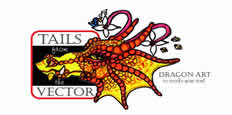Vectors are used in science to describe anything that has both direction and magnitude. They are usually drawn, in equations as pointed arrows, the length of which represents the vector’s magnitude. For instance, wind has a vectorial quantity because it blows in a certain direction at a certain speed. If you think about a quarterback throwing a pass down the field, the ball has both direction and magnitude depending on how hard it was thrown. In an equation representing this action, the direction of the vector arrow marks the ball’s direction and the length represents the speed of the ball.
The only possible geometry that is in equilibrium in all vectorial directions (other than the sphere) is the cuboctahedron because the length of the radiating vectors and the edge vectors are equal.
In this book, I am referring to the vector as the moment in time and space that has the direction and the magnitude to qualify an answer that determines the best position to take in relation to one point of space with another.
